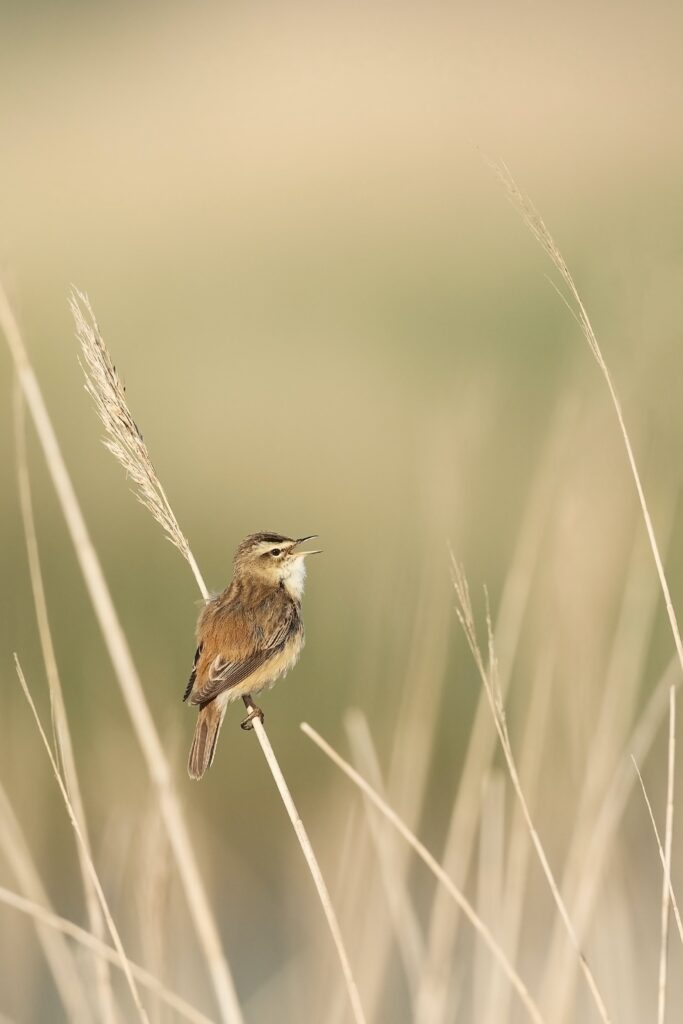Beautiful songbirds add visual interest to your yard, and their melodies are wonderful spring and summer background music. If you are interested in increasing the number of songbirds that visit your yard, here are some simple steps you can take. From considerations such as plant selection, placement, and care to feeding, watering, and housing of birds, read on for ideas to make your space more inviting to songbirds.
Trees, Bushes, and Plants
While exotic plant varieties may appeal to some humans, native bushes, trees, grasses, and vines are the most attractive landscaping choices for local songbird species. Select healthy, locally grown plants and place several members of the same variety together to create borders, tiering plants from tallest at the edge of your yard to shortest near your home.
Avoid using pesticides, herbicides, and fertilizers on your yard to keep birds healthy. If you must use one of these products, choose an organic variety known to be safe for birds. Always apply products according to package directions to avoid overuse as even organic products can be toxic for bird species if applied improperly.
Proper Feeding Practices
Consider the types of birds that you’d like to attract, and select feeders and food that those species are known to enjoy. While a standard seed mix works well to attract many songbird species, some birds have more specific tastes. A finch feeder and thistle are the way to go if you are hoping to attract goldfinches, and orioles love oranges.
Placing feeders close to large windows is a great way to both improve your view of feathered visitors and reduce birds’ risk of injury from crashing into the glass. According to Cornell University, putting the feeder close to the window makes it so most collisions are upon take-off. That way, crashes will be low-speed and less likely to lead to injury.
Keeping feeders clean and free from mold, insect infestations, and fecal build-up is important for bird health. Wash feeders with hot, soapy water once every couple of weeks. Allow feeders to dry completely before refilling.
Birdhouses and Birdbaths
Build bird-healthy houses from untreated wood and use galvanized nails. Make sure to include drainage and ventilation holes. Consider the bird species you would like to attract when deciding upon access hole size. Commercially available birdhouses are a wonderful option and are often labeled for the birds the house is built to house.
Hang birdhouses away from feeders for privacy. Hang on a vertical surface, such as a tree or pole, high enough to be safe from predators. Five feet up is usually a good height as it also allows for access for cleaning. Secure birdhouse using galvanized fasteners to avoid corrosion.
Clean birdhouse of debris when the bird family has fully fledged and no longer returns to the nest. This keeps the home inviting for new families, and reduces the risk of pest and mold infestation. Some species only have one brood per year, but some have several, and houses will need to be cleaned between each family. Look up species-specific information for further guidelines.
Birdbaths should be placed away from feeders and leaf-shedding trees to keep water free from contaminants. Choose an open location away from windows and clear of surrounding plant cover. This ensures that birds have an open field of vision to keep an eye out for any incoming predators. Clean frequently to avoid growing any unhealthy funkiness. Scrub birdbath twice a week with a solution of one part vinegar to 10 parts water, rinse thoroughly, and refill.
Attract birds by choosing and maintaining bird-friendly foliage, offering a proper and healthy diet, and making sure that nesting spots and clean water are available. Following these tips will lead to a yard full of healthy and happy songbirds. And a happy you.
